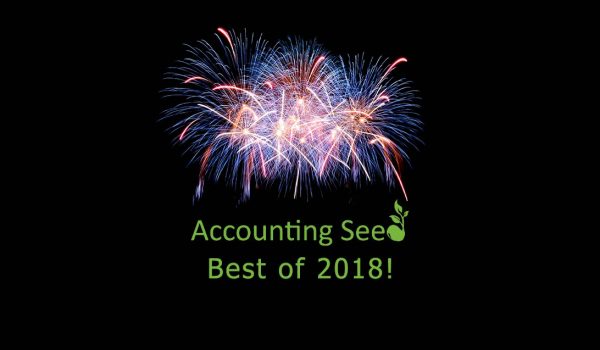
It’s been a great year, and to celebrate, we’re highlighting the top five blog posts with the most views during 2018. Be sure to check them out again and stay tuned for more content in 2019!
1.Why CRM is the New ERP
Technology is constantly evolving to meet the demands of each generation. Our most viewed blog and video of 2018 delved into how the CRM platform emerged to overtake the older ERP platform, offering customers a more flexible and customizable management solution.
2. 11 Holiday Gifts for Your Favorite Accountant
Looking for late holiday gifts for your favorite accountant, or maybe already planning for next year? Be sure to check out these gift ideas that have an accounting twist ranging from accounting-themed t-shirts and shot glasses, to accountant-dog figurines!
3. Attack of the Apps!
Just in time for Halloween, we discussed the perils of using too many software applications to run your business. We uncovered issues that occur when relying on software that requires complicated integrations to work together and explored the value of business platforms that use built-in integrations for its various software.
4. Is Your Accounting Data Expired?
Relying on outdated accounting data will definitely spoil your business plans. Make it your New Year’s resolution to get into the habit of updating and tracking your finances on a frequent basis. Be sure to invest in a scalable accounting application that will grow with your company and uses automation to help you avoid an accounting graveyard.
5. What is Deferred Revenue and How Does it Work?
Used primarily by software companies and subscription-based services, deferred revenue hinges on the successful delivery of the items/services to the customer over a defined period of time. We covered how deferred revenue works, looked at why it’s considered a liability on your balance sheet, and delved into how account analysis can help you use deferred revenue effectively.
See Accounting Seed in action
Get a close-up view of how accounting on Salesforce can eliminate the need for costly integrations—and silos of mismatched information—by sharing the same database as your CRM.


